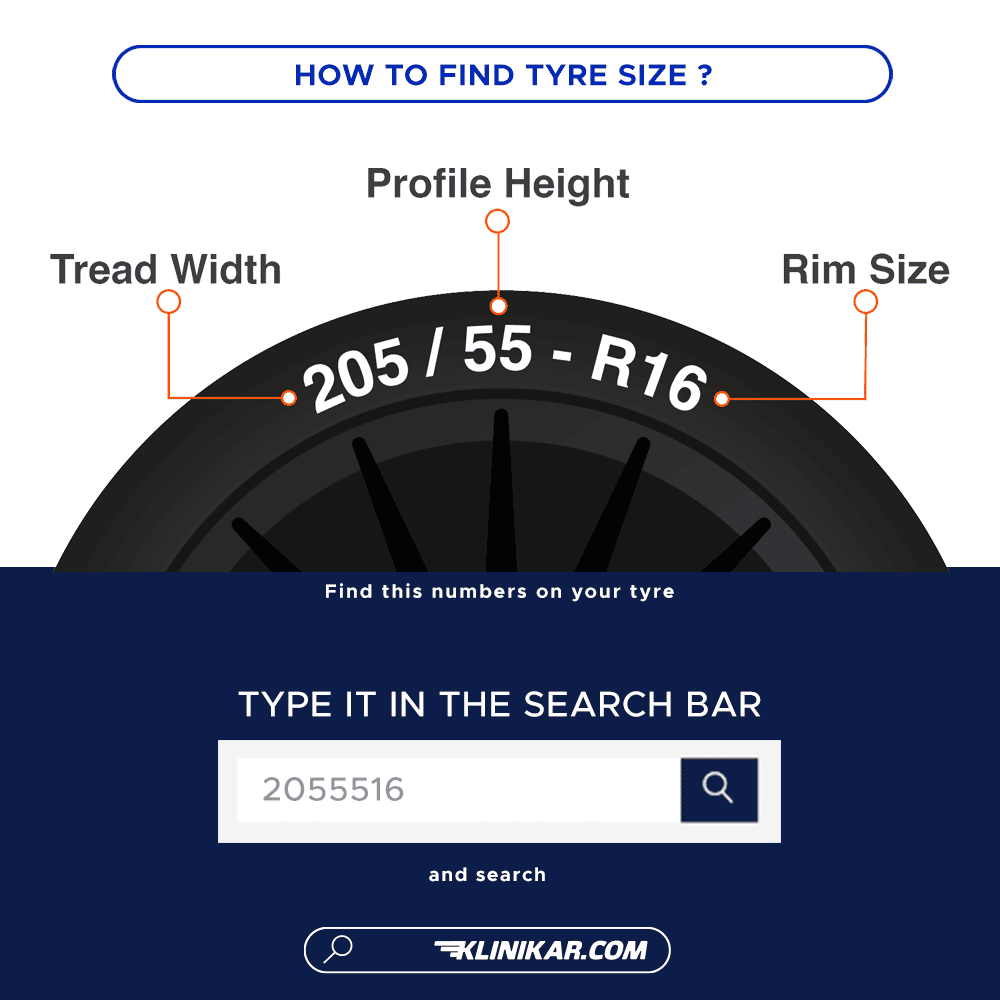
90% of the drivers doesn’t know these tyre knowledge
As all of us know, tyre is what’s separates our car and the road. Hence is plays a big impact on your driving experience.
Your safety relies on the condition of your tyres (driving style too!)
The type of tyre you have also affected what kind of handling are you getting from your vehicle as well as the braking distance performance.
However how much do you really know about your tyre asides from the common knowledge?
Let’s get started with some uncommon tyre knowledge that most people never even heard of.
My tyre pressure is enough but why does it look slightly deflated?

In this case, you must be thinking do I need to further inflate my tyre to higher pressure? Actually, no.
As long as you pump your pressure following the recommended pressure by your car manufacturer (*1*check out our previous article), you’re good.
This usually happens to your front tyre because the front part of the car is especially heavy as it houses the engine components.
This visual happens as a result of the higher pressure the front tyre receives. The effect should be less apparent on your rear tyre.
If the word “INSIDE” written on the tyre is facing outside, is it installed wrongly?

Actually, some tyres have a specific orientation, but there are also some which do not have a difference in orientation. The word “INSIDE” should be facing in-words (facing the car), but if this side was installed facing outwards, then you can be sure that the tyre was installed wrongly.
If tyre was installed wrongly, it will increase the wear rate of the tyre. Besides that, it will affect the comfort and handling of the vehicle, especially in wet conditions.
What is the meaning of the yellow dot on the tyre?
This is because the weight distribution of the tyre is not absolutely uniform, there must be certain areas are lighter and certain area are heavier. So the yellow dot on the tyre is to indicates the lighter area on the tyre.
So, during the installation of the tyre, the valve should be pointed at this yellow dot. This is due to the valve area is the heaviest on the rim and this will compensate with the lightest point on the tyre. With this, the tyre will have a better balancing and will be more comfortable during your ride.
The manufacturing date of the tyre.

On the sidewall of every tyre, there will be a set of numbers. The last 4 digits will be the manufacturing date. The first two number represents the week and the last two number represents the year. For example, if it is stated “0807”, it means the tyre was manufactured on the 8th week of 2007.
Is my tyre in good shape? Is there a mark to indicate when should i replace it?

In order to make sure the tyre pattern is at its optimum operating limit we actually have an international standard to read the tyre wear limitation.
The mark is called Tread Wear Indicator or TWI in short. Every tyre has TWI gauges in the main grooves (up to 6 location.
Some manufacturer uses the “△” mark to show you the degree of wear of the tyre tread.
Please make sure to check the visual of your tyre thread periodically to ensure the treadwear does not go beyond the TWI marking!
Again with the spare tyre.
Although the probability of using the spare tyre is not frequent if one travels around in city condition more, please take note of the following advice to ensure you are in good hand in case of emergency.
-Periodically inspect your spare tyre for any apparent visual damage.
-Separate all other corrosive items apart from your spare tyre.
-Spare tyre is not suitable for prolonged usage as the model and wear level might be different than your other tyres which might affect the balance of your ride.



